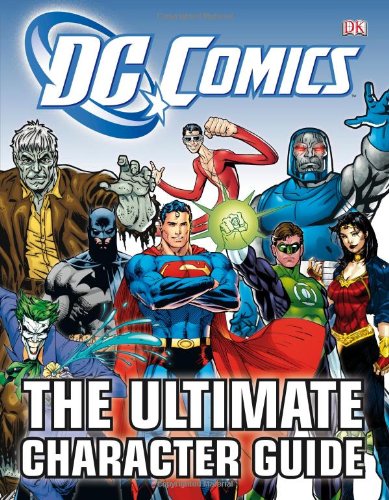Making Character First Review


Making Character First is the turn-around story of Kimray, Inc, a premier manufacturer of oil and gas equipment and controls with over 0 million in annual sales. It is also Tom Hill s personal story of the founding and development of Character First®, including a step-by-step guide for transforming the culture of any organization to one of character. With tough economic times for businesses worldwide, highly visible ethics violations in major corporations, the Sarbanes-Oxley Act, and a flat business world, the character of every individual, beginning with the top leaders, may be the most important and challenging issue facing organizations today. Until now, organizations have focused on ethics training with little or no success. As leaders we must do more than ethics training. Every major business with ethics violations appears to have two common elements: 1) an ethics manual including an active compliance program, and 2) a leader or leaders who fostered or participated in unethical conduct. Why were ethics violations committed in spite of ethics training? Ethical conduct can be motivated by fear of prosecution or by individual character. Compliance officers cannot police every organization, and greed can be stronger than fear. But individual character demands the right response even when no one will ever know. Therefore, the most effective ethics program teaches, inspires, and requires good character from every individual, beginning at the top. Making Character First demonstrates through the story of Kimray how any organization can develop a culture of character. This culture not only fosters ethical decisions at all levels within the organization, but it is just plain good business. The universal nature of this simple idea is collaborated by results from organizations around the world. Kimray (with its Character First emphasis) is one of 14 businesses highlighted in a recent PBS documentary by Theodore Roosevelt Malloch, Doing Virtuous Business. This film illustrates how organizations with a culture of character exhibit growth, profitability, and contribute positively to the local community and the world. Character First® began at Kimray with a desire to help all employees be successful. Since all lasting achievement is rooted in good character, encouraging and building good character helps individuals and families reach their full potential. Successful families lead to successful businesses, communities, and even countries. Since its inception in 1992, thousands of businesses, school districts, government agencies, prisons, and communities in the United States and over 28 foreign countries have implemented Character First®, for personal growth. Making Character First details Kimray s transformation to a culture of character and how making character first can improve all organizations by providing a solid foundation for an effective ethics program. It is written in an enjoyable, conversational style that is an easy read yet provides a clear roadmap for individual character development for families and business.
















